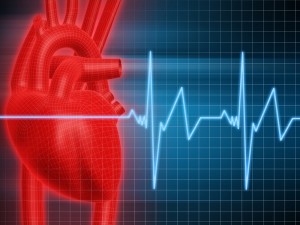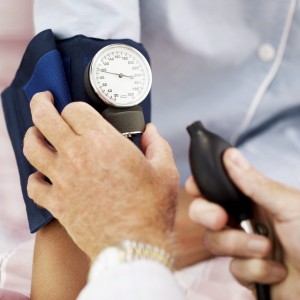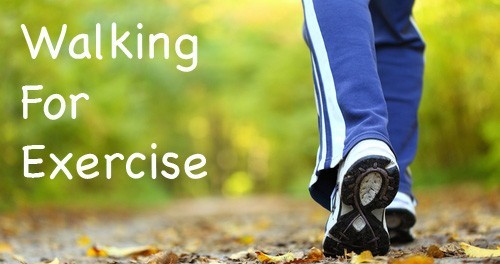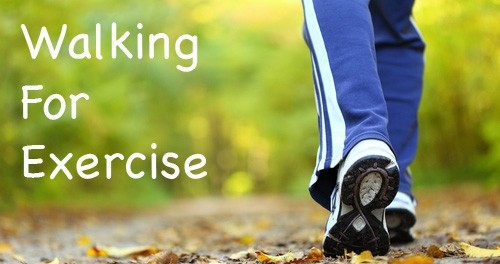Walk Talk Series
Day 59 – Walking for Heart Health
Affirmation of the Day
I make room in my heart for my whole being. I forgive myself for any false judgments I held against myself. Grateful for remembering who I really am, I rest my mind in the deep still waters of infinite peace.
Today’s Walk:
- 45-80 minute walk in the fat-burning zone at 60-70% of your maximum heart rate.
- Fat Burning Walk Warm up with 5 minutes at a very easy pace
- Find a safe spot with a wall or pole to do a 5 minute easy stretching routine
- Now resume your walk at a comfortable pace.
- End with 5 minutes of gentle stretching.
Advanced walkers: Threshold Walk
Exercise: Upper Body Exercises
Exercise’s Effects on the Heart
Inactivity is one of the major risk factors for heart disease. However, exercise helps improve heart health, and can even reverse some heart disease risk factors.
Like all muscles, the heart becomes stronger as a result of exercise, so it can pump more blood through the body with every beat and continue working at maximum level, if needed, with less strain. The resting heart rate of those who exercise is also slower, because less effort is needed to pump blood.
A person who exercises often and vigorously has the lowest risk for heart disease, but any amount of exercise is beneficial. Studies consistently find that light-to-moderate exercise is even beneficial in people with existing heart disease. Note, however, that anyone with heart disease or cardiac risk factors should seek medical advice before beginning a workout program.
 Effects of Exercise on Heart Disease and Cholesterol
Effects of Exercise on Heart Disease and Cholesterol
Exercise has a number of effects that benefit the heart and circulation (blood flow throughout the body). These benefits include improving cholesterol and fat levels, reducing inflammation in the arteries, helping weight loss programs, and helping to keep blood vessels flexible and open. Studies continue to show that physical activity and avoiding high-fat foods are the two most successful means of reaching and maintaining heart-healthy levels of fitness and weight.
The American Heart Association recommends that individuals perform moderately-intense exercise for at least 30 minutes on most days of the week. This recommendation supports similar exercise guidelines issued by the Centers for Disease Control and Prevention, and the American College of Sports Medicine.
Coronary Artery Disease.
People who maintain an active lifestyle have a 45% lower risk of developing heart disease than do sedentary people. Experts have been attempting to define how much exercise is needed to produce heart benefits. Beneficial changes in cholesterol and lipid levels, including lower LDL (“bad” cholesterol) levels, occur even when people performed low amounts of moderate- or high-intensity exercise, such as walking or jogging 12 miles a week. However, more intense exercise is required to significantly change cholesterol levels, notably increasing HDL (“good” cholesterol). An example of this kind of intense program would be jogging about 20 miles a week. Benefits occur even with very modest weight loss, suggesting that overweight people who have trouble losing pounds can still achieve considerable heart benefits by exercising.
Some studies suggest that for the greatest heart protection, it is not the duration of a single exercise session that counts but the total weekly amount of energy expended.
Resistance (weight) training has also been associated with heart protection. It may offer a complementary benefit to aerobics. If you have heart disease or risk factors for heart disease, check with your doctor before starting resistance training.
Effects of Exercise on Blood Pressure.
Regular exercise helps keep arteries elastic (flexible), even in older people. This, in turn, ensures good blood flow and normal blood pressure. Sedentary people have a 35% greater risk of developing high blood pressure than physically active people do.
It should be noted that high-intensity exercise may not lower blood pressure as effectively as moderate-intensity exercise. In one study, moderate exercise (jogging 2 miles a day) controlled high blood pressure so well that more than half the patients who had been taking drugs for the condition were able to discontinue their medication.
Experts recommend at least 30 minutes of exercise on most — if not all — days. Studies show that yoga and tai chi, an ancient Chinese exercise involving slow, relaxing movements, may lower blood pressure almost as well as moderate-intensity aerobic exercises.
Anyone with existing high blood pressure should discuss an exercise program with their doctor. Before starting to exercise, people with moderate-to-severe high blood pressure should lower their blood pressure, and be able to control it with medications. Everyone, especially people with high blood pressure, should breathe as normally as possible through each exercise. Holding the breath increases blood pressure.
Risks of Metabolic Syndrome
C-reactive protein is suspected of being a risk factor for developing heart disease. A third study, published in the April issue of Diabetes Care, conducted by researchers at the Centers for Disease Control and Prevention, found high concentrations of C-reactive protein in a large percentage of adolescents who had been diagnosed with the metabolic syndrome. Those with metabolic syndrome tend to be physically inactive.
Get Moving to Save Your Life and Your Child’s Life
“All of these studies point, once more, to the importance of maintaining a physically active lifestyle and of developing a commitment to physical activity when as young as possible,” said Alan Cherrington, PhD, President, American Diabetes Association in a press release. “What we have been seeing in recent decades, unfortunately, is a trend in the opposite direction. Children are becoming more sedentary instead of more active. Parents need to make a commitment to lifestyle changes that includes the entire family — or the entire family may suffer.”



